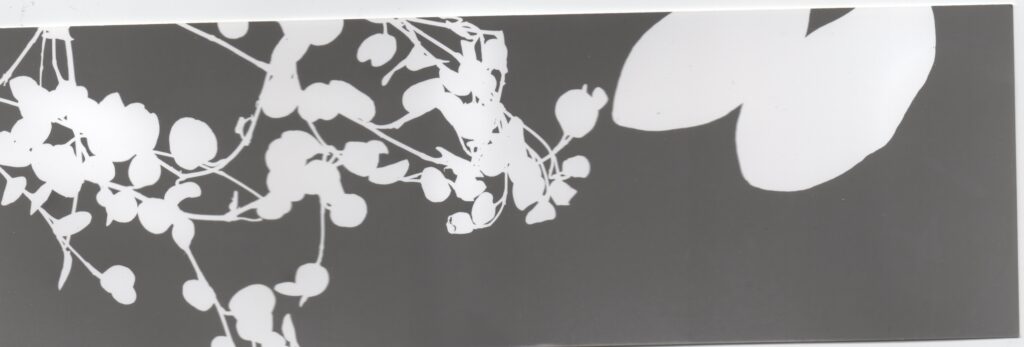The Carpenter’s Apprentice The Autobiography of Deryck Hunt
False Divides by Lana Lopesi
Overview of Poedue [Poetua], daughter of Oreo, chief of Ulaietia, one of the Society Isles https://collections.tepapa.govt.nz/object/1130277
Shadows of Heysham, 2020, https://amandanorman.com/shadows-of-heysham/
Ghosts on a Tree, 1933, https://www.wikiart.org/en/franz-sedlacek/ghosts-on-a-tree-1933-0
Romeo and Juliet, 2019, https://www.artstation.com/artwork/QznKkB
Death Dealing Arrows, 1903, https://laclefdescoeurs.tumblr.com/post/121514621182/j-e-millais-death-dealing-arrows-the-sixties
Silence, 2020, https://www.deviantart.com/hearthy/art/Silence-148821437
The Last Judgment, 1440, https://www.artspace.com/magazine/art_101/lists/want-to-laugh-at-some-paintings-here-are-6-super-ugly-medieval-dogs-56164
The Loudest Silence, 2020, https://www.flickr.com/photos/kavanthekid/51047759356/
Earthly Vanity and Divine Salvation, 1485, https://en.wikipedia.org/wiki/Earthly_Vanity_and_Divine_Salvation_(Memling)
The Spirit Behind ‘Aloha’ Roberts Hawaii https://www.robertshawaii.com/blog/spirit-behind-aloha/
A.P. Martinich Epistemology https://www.britannica.com/topic/epistemology
The Editors of Encyclopaedia Britannica https://www.britannica.com/topic/hermeneutics-principles-of-biblical-interpretation
Stanford Encyclopaedia of Philosophy https://plato.stanford.edu/entries/hermeneutics/
Homogeneity – Dictionary.com https://www.dictionary.com/browse/homogeneity#:~:text=The%20first%20records%20of%20the,the%20same%20kind%20of%20thing.
Assimilation by Elizabeth Prine Pauls https://www.britannica.com/topic/assimilation-society
Representation Matters : (Re)Articulating Collective Identities in a Postcolonial World / editors, Anette Hoffmann and Esther Peeren, 2010 https://ebookcentral.proquest.com/lib/aut/reader.action?docID=587910
[1] Press Release – Anita Steckel: My Town (May17 – July 16, 2022) https://www.ortuzarprojects.com/exhibitions/anita-steckel-my-town?view=slider
[1] Feminist Art Criticism An Anthology edited by Arlene Raven, Cassandra Langer, Joanna Frueh https://www.google.co.nz/books/edition/Feminist_Art_Criticism/9JZNDwAAQBAJ?hl=en&gbpv=1&printsec=frontcover
Artwashing: Capitalism and Art by Matthew Terrell https://saportareport.com/artwashing-capitalism-art/thought-leader/thought-leader/#:~:text=There’s%20a%20perennial%20distrust%20amongst,live%20in%20a%20capitalist%20society.
[1] Stanford Encyclopedia of Philosophy https://plato.stanford.edu/entries/exploitation/ – :~:text=Capitalist exploitation thus consists in,of the goods they produce.
[1] Merriam-Webster https://www.merriam-webster.com/dictionary/capitalist – :~:text=Definition of capitalist&text=1 %3A a person who has,adjective
[1] ACLU, June 15 2022 https://www.aclu.org/news/human-rights/captive-labor-exploitation-of-incarcerated-workers
[1] You Make Loving Fun – Chartwell https://chartwell.org.nz/seeing/collection/you-make-loving-fun/
[1] Kate Newby https://www.katenewby.com/gak.html
[1] Kate Newby – Chartwell https://chartwell.org.nz/making/artists/kate-newby/
[1] Walls to Live Beside, Rooms to Own – Chartwell https://chartwell.org.nz/seeing/exhibitions/walls-to-live-beside-rooms-to-own-the-chartwell-show/
[1] Kate Newby – Cooper Cole https://coopercolegallery.com/artist/kate-newby/
Kate Newby – Ocula https://ocula.com/artists/kate-newby/

















